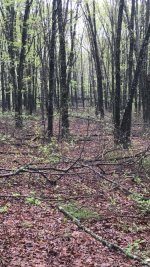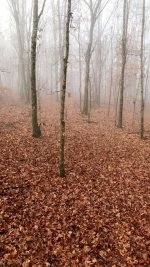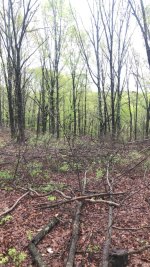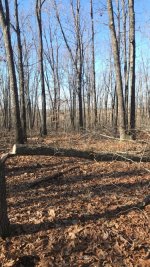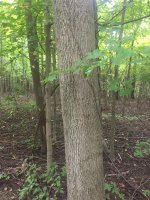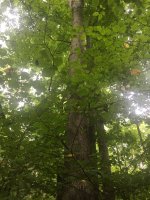MOBOWHUNTER
New Member
Hey guys I am new to the forum and wanted to get some input from you on creating bedding in the timber. To give you some backstory I am from SWMO and I own 60 acres of nothing but hardwood timber every acre of my place is immature oaks (very small crowns) that are way to densely populated along with the junk trees of bitternut hickory and sassafras. Slowly over the last couple of years I have been carving food plots out with a dozer and working on trying to get some bedding/cover, Last winter I started my bedding projects by completing a 13 acre TSI at a medium rate. I have another 12 acre TSI planned for this coming winter with 1 acre of that being split into two 1/2 acre temporary forest openings. So I understand that a chainsaw is your best friend when it comes to creating bedding but my real question is how would you go about creating those designated bedding in the timber where you want the deer to bed? Hack and squirt and fire? Hinge cutting a large area? I plan on burning the first TSI this spring and was gonna follow behind the burn and plant some cedar and shrubs to try and really get them bedding where I want them to which is in close proximity to plots. So hopefully you guys have some input on the situation.
P.S There seems to be way more knowledge on here than on the Missouri Whitetails page.. Hopefully you don't mind this question from the south!
P.S There seems to be way more knowledge on here than on the Missouri Whitetails page.. Hopefully you don't mind this question from the south!



